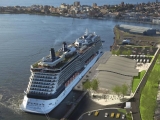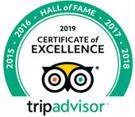Affectionately referred to as The Gong, Wollongong is a beautiful seaside city perfectly nestled between the Illawarra escarpment and the Tasman Sea, and only an hours drive south of Sydney. With a history of coal-mining and steelmaking, the city has evolved into a bustling dining, entertainment and adventure destination.
Glistening beaches, a spectacular green backdrop, a new city centre, several eating and entertainment zones-this dynamic changing city is just the perfect size to explore!
You'll see skydivers descend on the beach, surf schools and hang gliders in the air. Enjoy 17 amazing beaches, beautiful botanic gardens, a spectacular historic harbour and beachfront Blue Mile, art gallery, small bars and now a brand new shopping centre and city mall.
The stunning Illawarra escarpment provides the backdrop as it adjoins the coast with the dramatic cliff faces. Mt Keira is directly west of the city and provides sweeping views and a variety of walking trails through the escarpment. The northern villages of Bulli, Austinmer and Coledale are beachside playgrounds with great beaches, popular cafes and boutique shopping.
Wollongong is a seaside city located in the Illawarra region of New South Wales, Australia and lies on the narrow coastal strip between the Illawarra Escarpment and the Pacific Ocean, 68 kilometres (42 miles) south of central Sydney. With an an estimated urban population of 302,739 at June 2018, it is the third-largest city in New South Wales after Sydney and Newcastle, and the tenth-largest city in Australia.
Wollongong is noted for its heavy industry, its port activity and the quality of its physical setting, occupying a narrow coastal plain between an almost continuous chain of surf beaches and the cliffline of the rainforest-covered Illawarra escarpment. It has two cathedrals, churches of many denominations and the Nan Tien Temple, the largest Buddhist temple in the southern hemisphere. The city attracts many tourists each year.
The name "Wollongong" is believed to mean "seas of the South" in the local Aboriginal language, Tharawal, referring to NSW's Southern Coast.
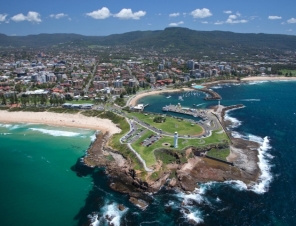
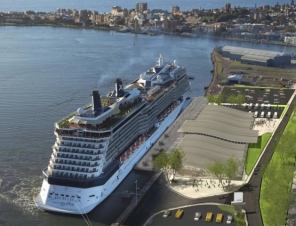
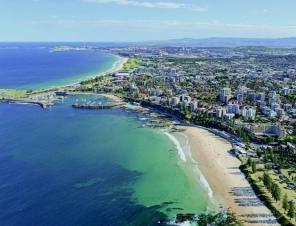
Port Kembla - Wollongong Cruise Port
Discover a beachside buzz and myriad adventures in NSWs 3rd largest city.
Discover a beachside buzz, extensive cycleways and myriad adventures in NSWs third-largest city, south of Sydney. In Wollongongs heart is the tempting Keira Street eat street, between Crown and Smith streets. A stroll away is one of the finest regional art galleries, with a wonderful Aboriginal collection.

Quick Search


 |
|





